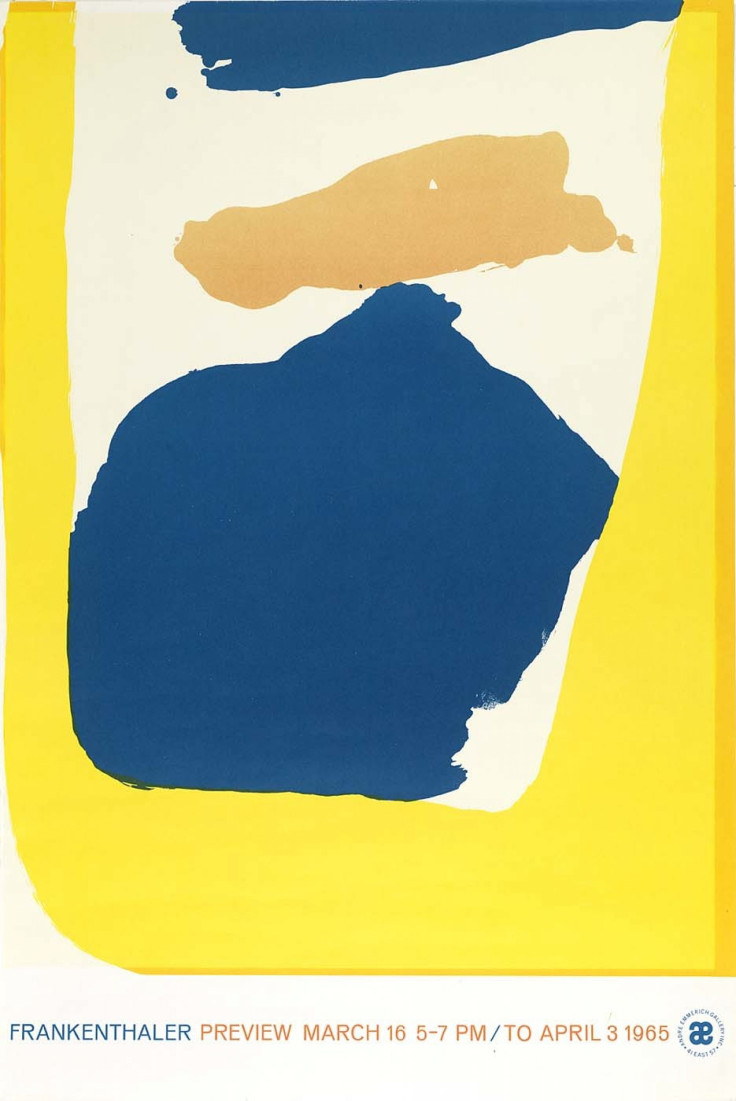Abstract painter Helen Frankenthaler dies at 83

U.S. painter Helen Frankenthaler, who poured thinned pigments directly onto untreated canvas to create ethereal fields of color seen as seminal works in the development of abstract expressionism, died at her home in Darien, Connecticut, on Monday evening at the age of 83.
She died following a long illness, her nephew Clifford Moss said on Tuesday. He declined to give further details.
Frankenthaler was just 23 when she completed the Mountains and Sea in 1952, a painting inspired by the landscapes of Nova Scotia and the first of her works to employ the dripping and staining technique that would give rise to a new school of abstraction called Color Field.
Writing in The New Criterion about a retrospective of her work in 2009, managing editor James Panero called it an iconic painting that forever secured her place in the history of art. It ... at once defined Frankenthaler's style and changed the visual texture of abstract painting.
The painting, which can be seen at the National Gallery of Art in Washington, D.C., built on the achievements of Jackson Pollock with its poured paint and rolled-out canvas -- but it also outdid Pollock, Panero wrote.
Frankenthaler was born on December 12, 1928, in New York City. Her background was one of privilege relative to many of her artistic contemporaries: her father was Alfred Frankenthaler, a New York State Supreme Court judge.
Even though she was often viewed as the uptown girl, oh boy, she was such a downtown soul, Moss, her nephew, said in an interview.
She was married to the painter Robert Motherwell from 1958 to 1971, and, outside their work, the pair became known for their glamorous parties in uptown Manhattan. Moss said the family would remember her wild and loose laughter and her confident presence on the dance floor.
She lived life with such gusto, he said.
She continued to paint into her final decade, sometimes embellishing her pouring and staining technique with other tools, at other times paring it back to its original form.
Her survivors include her second husband, Stephen DuBrul Jr., four step-children and six nieces and nephews, Moss said.
© Copyright Thomson Reuters 2024. All rights reserved.











